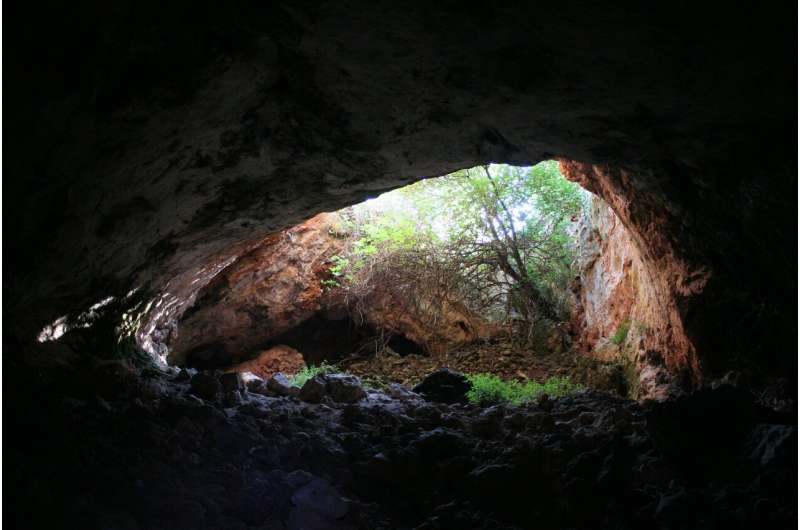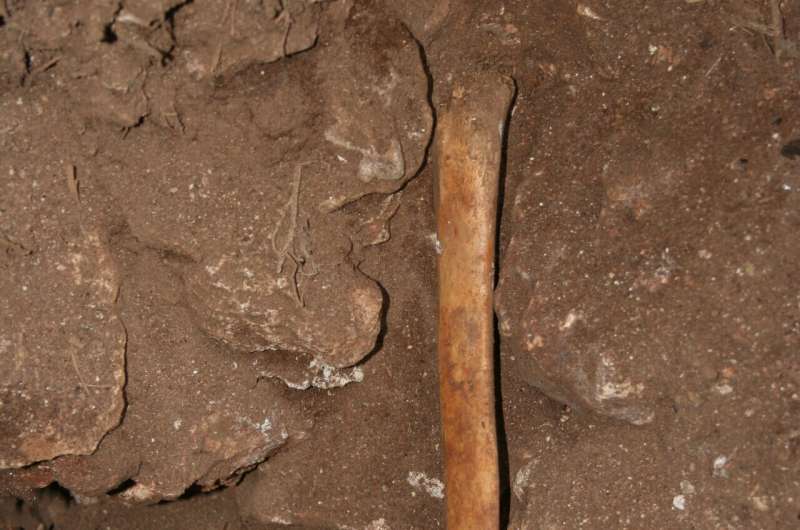This article has been reviewed according to Science X's editorial process and policies. Editors have highlighted the following attributes while ensuring the content's credibility:
fact-checked
peer-reviewed publication
trusted source
proofread
Ancient human remains buried in Spanish caves were subsequently manipulated and utilized

Caves served as sites for burial and later modification of human remains for thousands of years in the Iberian Peninsula, according to a study published September 20, 2023, in the open-access journal PLOS ONE by Zita Laffranchi and Marco Milella of the University of Bern, Switzerland, and Rafael Martinez Sanchez, Universidad de Córdoba, Spain, and colleagues.
The use of caves as burial sites is a cultural phenomenon with a broad distribution in both space and time. In the southern Iberian Peninsula, this practice became particularly common starting around the 4th millennium BCE. Also common in the archaeological sites of this region is evidence of manipulation of buried human remains, although the cultural meaning behind this is largely unclear. In this study, researchers examine altered human remains from a cave, Cueva de los Marmoles, in southern Spain.
The researchers assessed numerous skeletal remains belonging to at least 12 individuals. Radiocarbon dating identified burials dating from the 5th to the 2nd millennium BCE. The team also documented intentional post-mortem modifications to the bones, including fractures and scrapes that might have resulted from efforts to extract marrow and other tissues. Included among these remains were one tibia that appears to have been modified for use as a tool, and one cranium "skull cup" that might have similarly been modified for some dietary or practical use.

These results are consistent with other cave sites in the southern Iberian Peninsula, representing a widespread practice of buried human remains being later modified and utilized for food and tools. The authors suggest there could also be further symbolic purposes of these modifications which might become more clear with further study.
The authors add, "Neolithic human remains from Marmoles Cave suggest complex funerary behaviors in Andalusia during Prehistory."
More information: As above, so below: Deposition, modification, and reutilization of human remains at Marmoles cave (Cueva de los Marmoles: Southern Spain, 4000–1000 cal. BCE), PLOS ONE (2023). DOI: 10.1371/journal.pone.0291152 , journals.plos.org/plosone/arti … journal.pone.0291152
Journal information: PLoS ONE
Provided by Public Library of Science



















